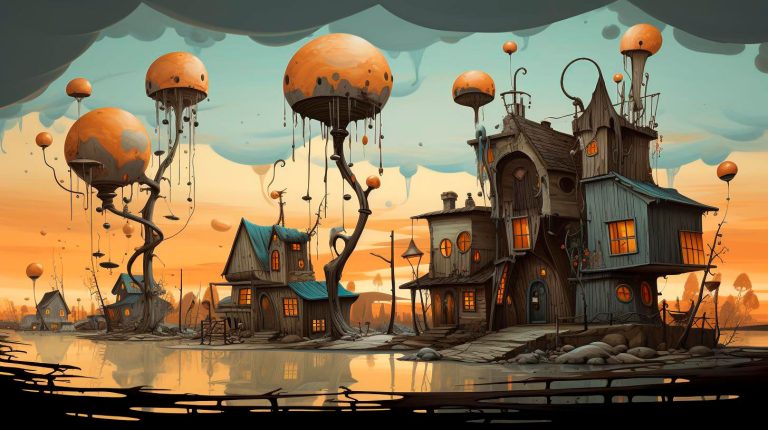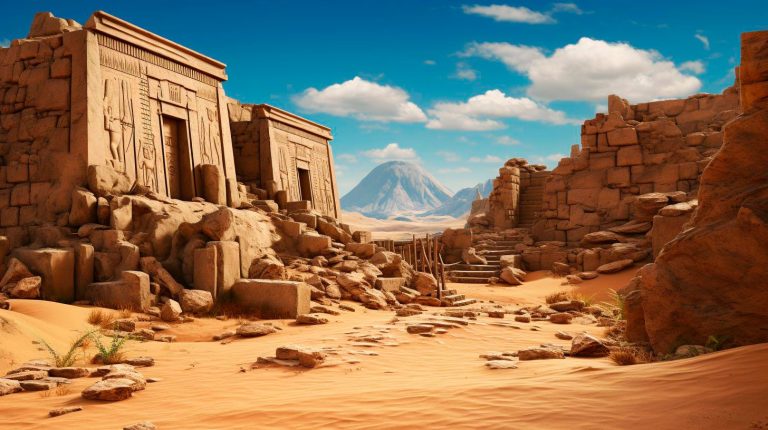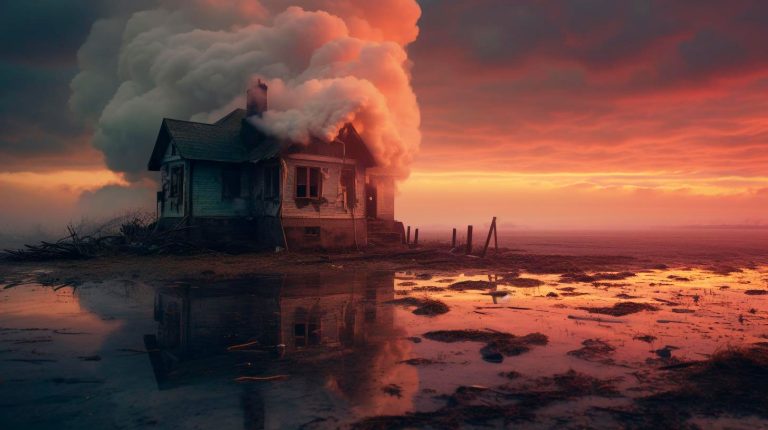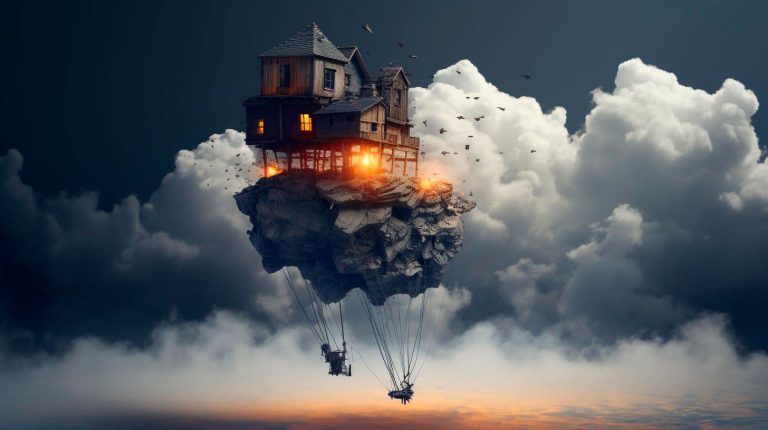In this article, we will explore the essential techniques in wildlife photography, focusing on two crucial elements: shutter speed and aperture.
The Importance of Shutter Speed
Shutter speed plays a vital role in freezing or capturing motion blur in wildlife photography. It refers to the duration of time the camera’s shutter remains open and determines how much light enters the camera sensor. When photographing moving wildlife, it’s crucial to choose the right shutter speed to freeze the action and maintain image sharpness.
Here are some key considerations and takeaways regarding shutter speed:
- Fast shutter speed (1/1000s or higher) is ideal for capturing fast-moving subjects like birds in flight or running animals.
- Slow shutter speed (1/60s or lower) can be used creatively to convey motion blur, emphasizing the movement of animals such as a running deer or a flying bird.
- Experimenting with different shutter speeds is essential to find the perfect balance between freezing motion and adding artistic blur.
- A tripod or image stabilization techniques are recommended when using slower shutter speeds to prevent camera shake.
Understanding Aperture in Wildlife Photography
Aperture, measured in f-stops, determines the amount of light that passes through the camera lens. It also controls the depth of field, which is crucial in wildlife photography to isolate subjects from the background and create stunning bokeh effects.
Consider the following points when working with aperture in wildlife photography:
- Wide aperture (small f-stop number such as f/8) creates a shallow depth of field, separating the subject from the background and resulting in a beautifully blurred background.
- Narrow aperture (large f-stop number such as f/11 or higher) increases the depth of field, ensuring more of the scene is in focus, which can be useful when capturing wildlife in their environment.
- The choice of aperture depends on the desired creative effect, the subject distance, and the lens used.
- Consider using aperture priority mode (A or Av) to have control over the aperture while the camera determines the appropriate shutter speed.
Practical Tips and Techniques
Beyond mastering shutter speed and aperture, here are some additional tips to enhance your wildlife photography:
- Patience and observation are the keys to capturing unique wildlife moments. Take the time to study your subjects and anticipate their behavior.
- Focus on the eyes of your subject to create a connection and bring life to your photographs.
- Use long telephoto lenses to maintain a safe distance and respect the wildlife’s habitat.
- Photograph during the golden hours of the day (sunrise and sunset) for soft and warm lighting that enhances the mood of your images.
- Shoot in burst mode to capture a series of images, increasing the chance of getting the perfect shot with optimal focus and composition.
Conclusion
Mastering wildlife photography techniques requires understanding the interplay between shutter speed and aperture. Both elements have a significant impact on the final image, allowing photographers to freeze motion or convey a sense of movement, as well as control the depth of field to create stunning compositions. Remember to practice and experiment with different settings to achieve your desired results. The key takeaways from this article include:
- Choosing the right shutter speed is crucial to freeze or blur motion in wildlife photography.
- Aperture controls the amount of light and depth of field, allowing photographers to separate subjects from the background or capture more of the scene in focus.
- Patience, observation, and understanding of wildlife behavior are essential for capturing unique and impactful images.
By mastering these techniques and employing the suggested tips, you will be well on your way to becoming a skilled wildlife photographer, ready to document the beauty and diversity of the natural world.















+ There are no comments
Add yours